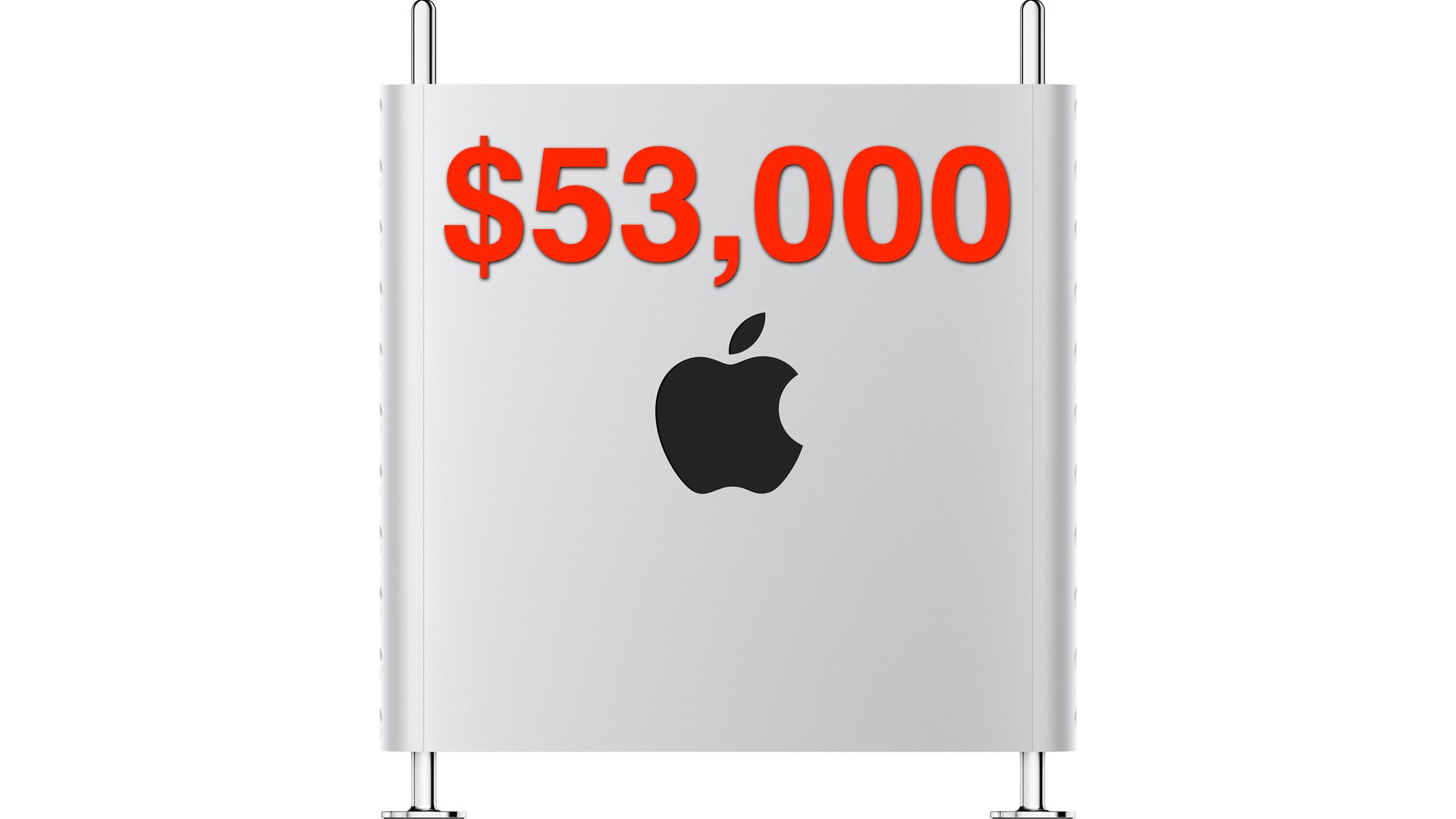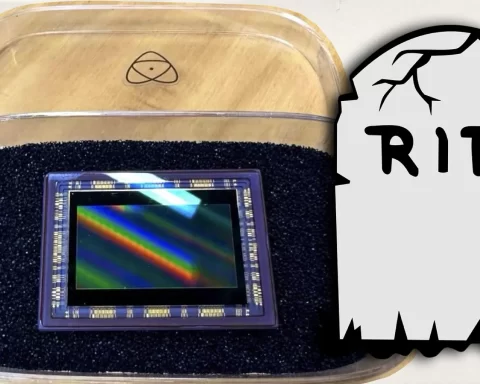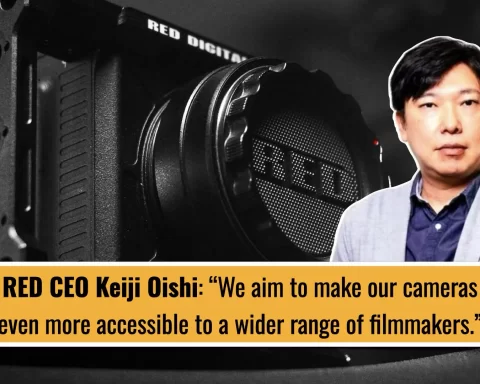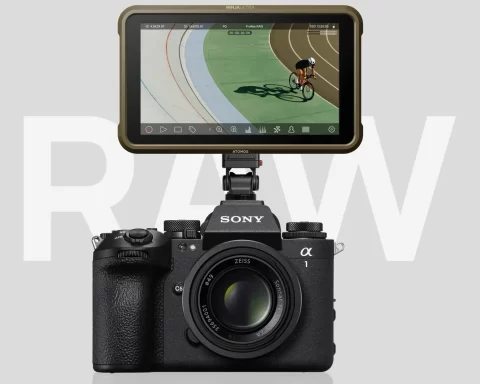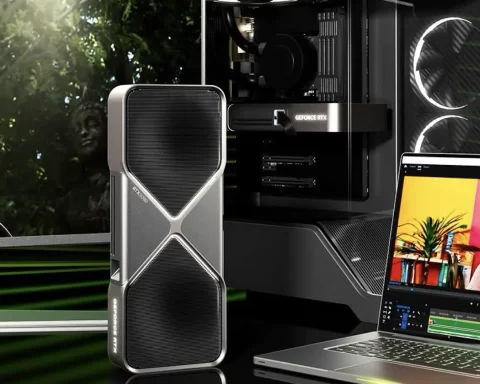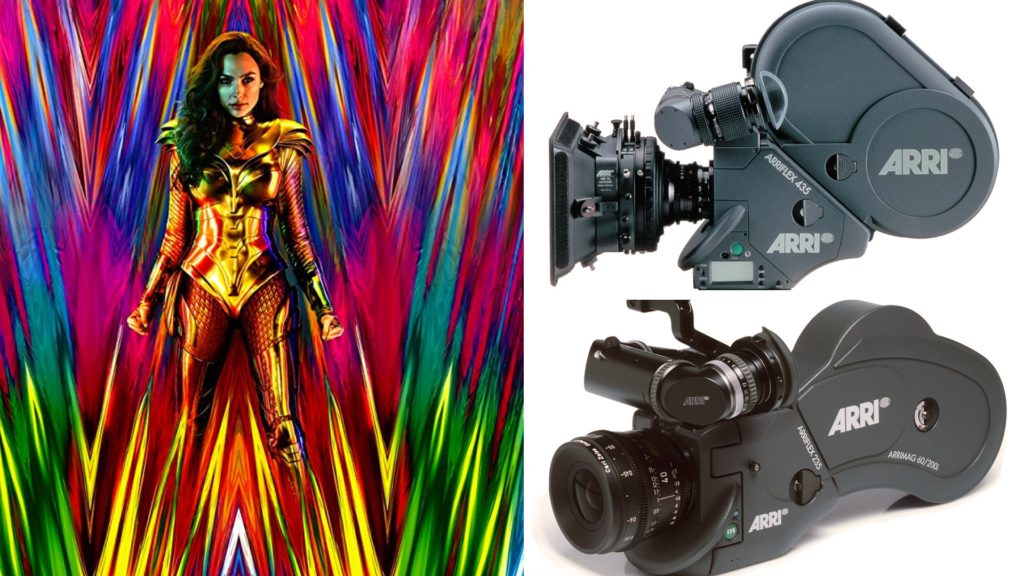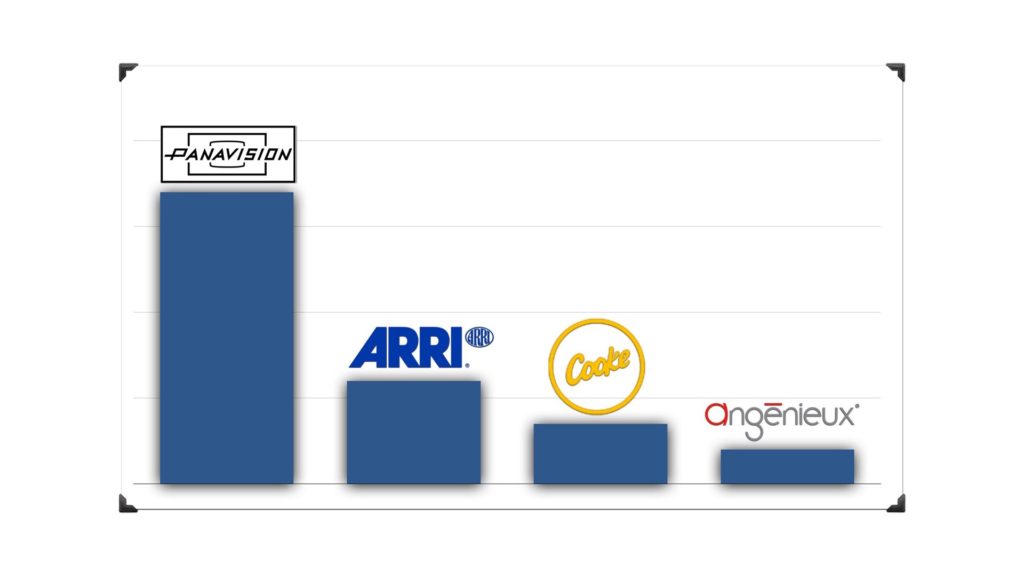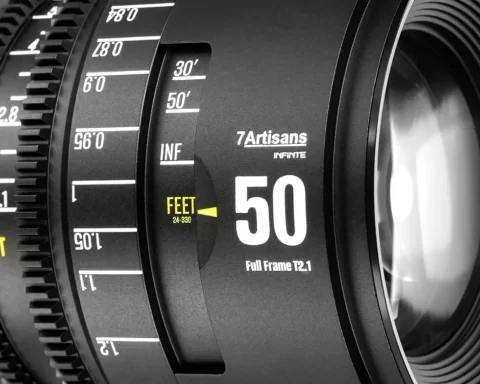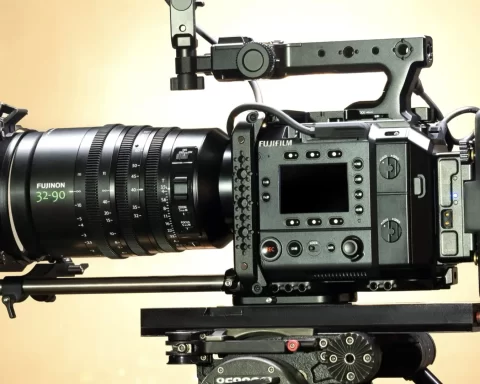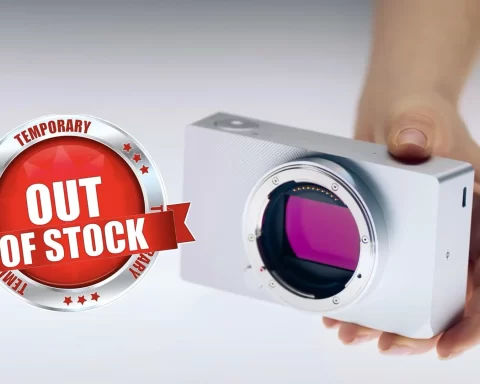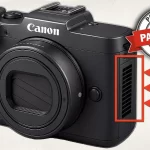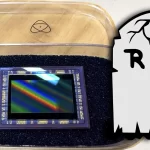The new Mac Pro, which is one of the most powerful post-production machines ever made, is available for preorders. The price of this Apple’s flagship is not for the faint of heart since it reaches to a maximum booming amount of $53,000 with all the addons. Read more below.
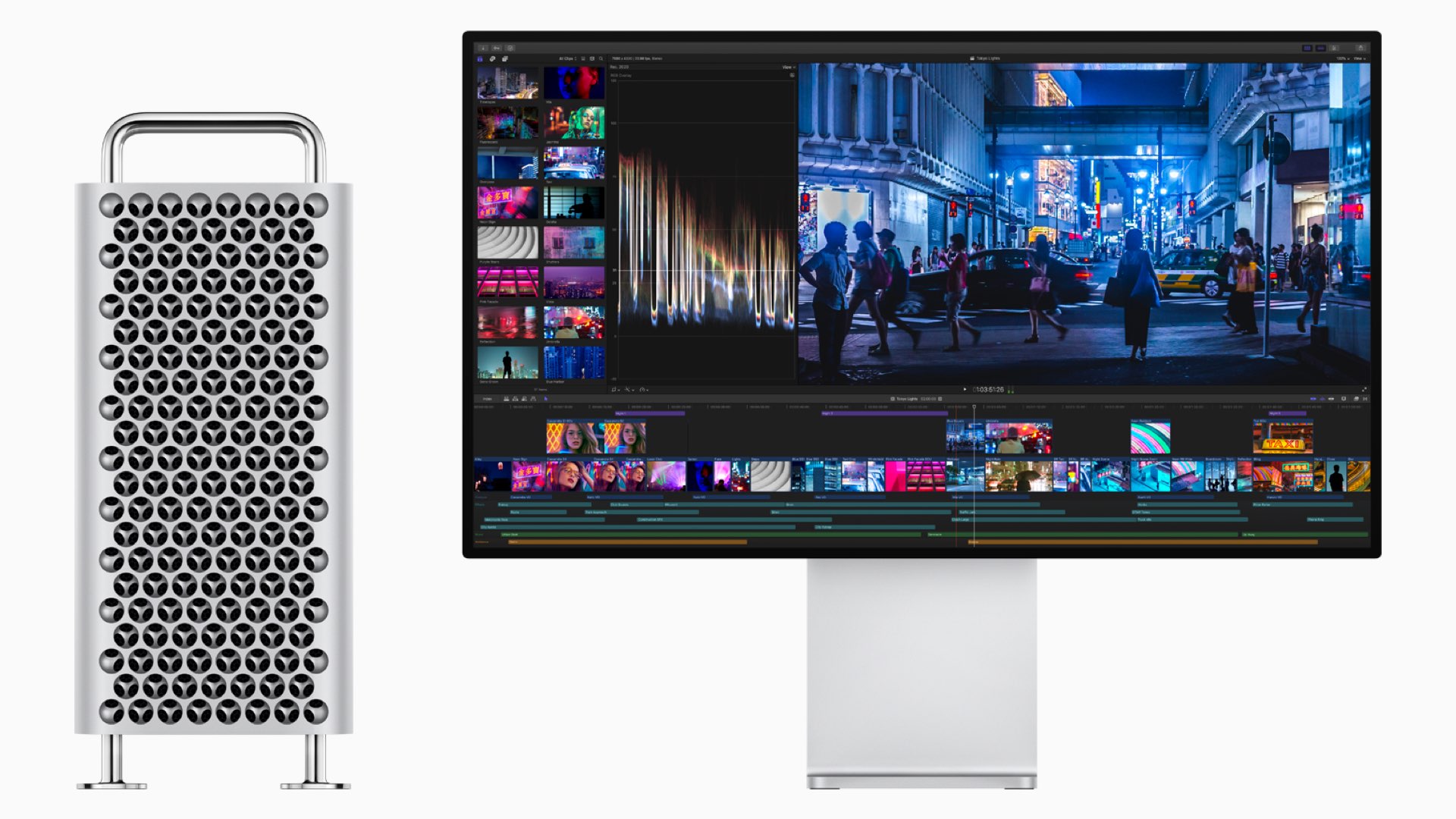
Dedicated for professional editors
The new Mac Pro is not for everyone. Although you can buy it for a minimum price of $6,000, it will lack all those goodies that can accelerate your cumbersome workflow. This beast is dedicated to deal with vast 8K RAW (proxy-free) files and ultra-resolution tasks flawlessly (will talk about it later). Furthermore, one of the lessons Apple has learned is the need for modulation. Therefore, the new Mac Pro acts like a real machine for pros (finally), which means that you can make your customization regarding spec, cards, and performances, to deliver the right architecture to make the job done. There are several reviews out there with professionals trying the new Mac Pro. However, one of the best is written by Vincent Laforet, which you can read here.
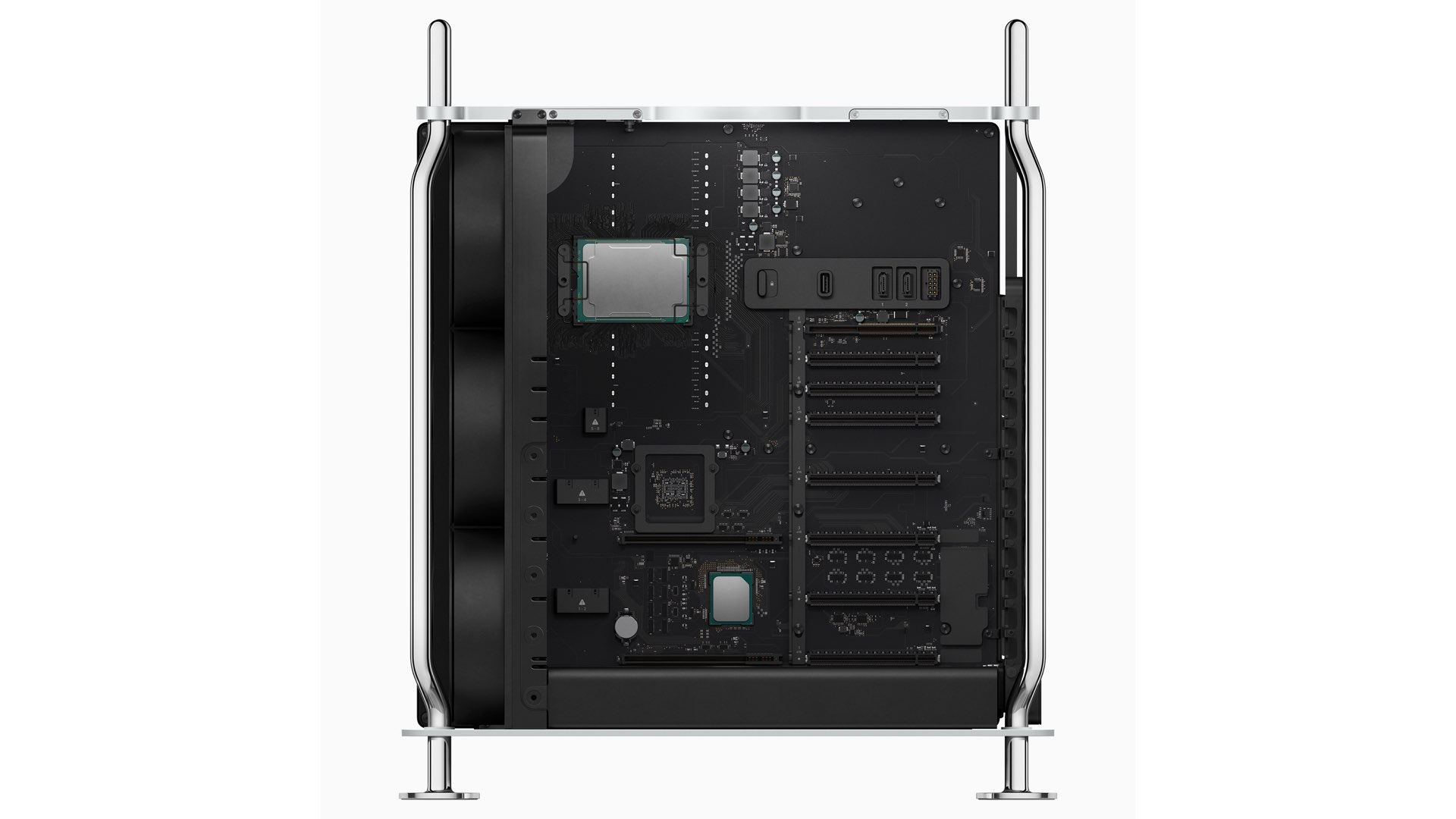
Modularity and pricing
Usually, we talk about pricing at the end of the article. But regarding the new Mac Pro, pricing indicates modularity. Let’s soar over two edges of purchasing options:
Basic customization = $6,000
- 3.5GHz 8‑core Intel Xeon W processor, Turbo Boost up to 4.0GHz
- 32GB (4x8GB) of DDR4 ECC memory
- Radeon Pro 580X with 8GB of GDDR5 memory
- 256GB SSD storage
- Stainless steel frame with feet
- Magic Mouse 2
- Magic Keyboard with Numeric Keypad – US English
Top customization = $53,000
- 2.5GHz 28‑core Intel Xeon W processor, Turbo Boost up to 4.4GHz
- 1.5TB (12x128GB) of DDR4 ECC memory
- Two Radeon Pro Vega II Duo with 2x32GB of HBM2 memory each
- 4TB SSD storage
- Apple Afterburner card
- Stainless steel frame with wheels
- Magic Mouse 2 + Magic Trackpad 2
- Magic Keyboard with Numeric Keypad – US English
Preorder the Mac Pro from B&H
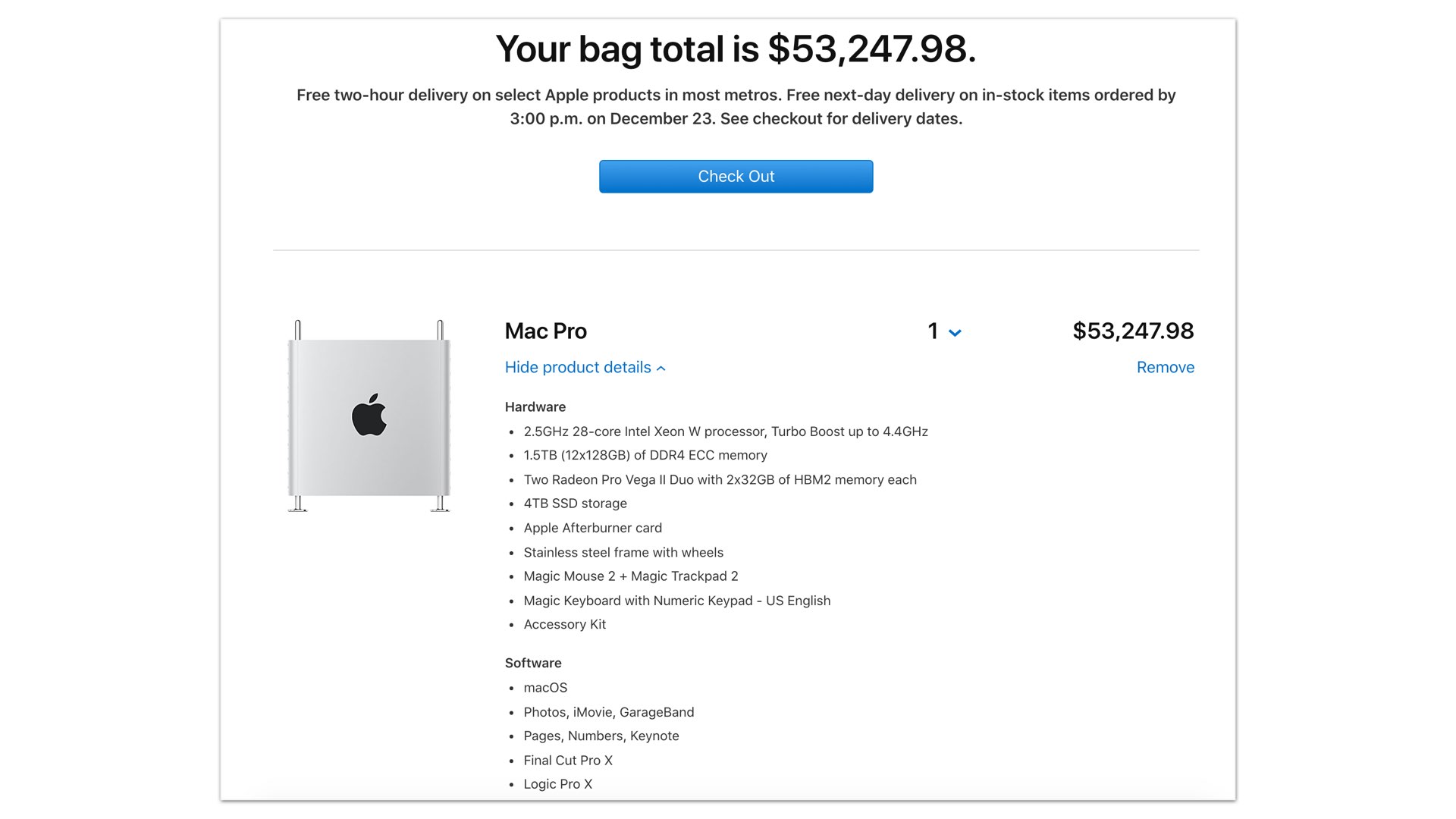
AfterBurner
The name of the game: 8K RAW
The new Mac Pro is devoted to handling 8K RAW as been demonstrated back on Apple’s keynote. Basically, the main goal is to facilitate workflow with high-resolution imagery. It seems that this is the main purpose of Apple’s new mysteries card called Afterburner. We wrote a couple of articles regarding this intrigued graphics card made by Apple. By definition, the Afterburner allows decoding up to 6.3 billion pixels per second. With Afterburner, video editors using high-quality cameras that require the conversion of native file formats into proxies for easy editing can now use native formats right from the camera and decode up to three streams of 8K ProRes RAW video and 12 streams of 4K ProRes RAW video in real-time, virtually eliminating proxy workflows.
Is it relevant to R3Ds?
That’s a valid question. The card is indeed supposed to bring a vast level of performance to Metal‐accelerated, proxy‐free R3D workflows in Final Cut Pro X. However, by definition, it seems there is a dedication to Apple’s new ProRes RAW. No word on REDCODE RAW yet. Digging in the DSMC2 FB group, I found a post talking about the efficiency of the Afterburner concerning R3Ds. According to Vincent Laforet (who was testing the system), the Afterburner is purely for ProRes / ProResRAW playback at this time. It will NOT benefit R3D workflows currently. More cores will. That being said, the Afterburner can be customized later on (w updates), and w/ Metal support a lot of performance results should change dramatically. “Invest in more CORES currently for R3D, but I will have to do a lot more tests when Metal support comes” Vincent emphasizes. Also, Vincent says that Most the 16 core system that comes in around $10-20K (depending on configuration) would be sufficient. For RED and R3D more cores are the solution. Furthermore, there is no need for more RAM than 32GB to maybe 64 GB for NLEs, so the 48GB or 96GB RAM config should be plenty.
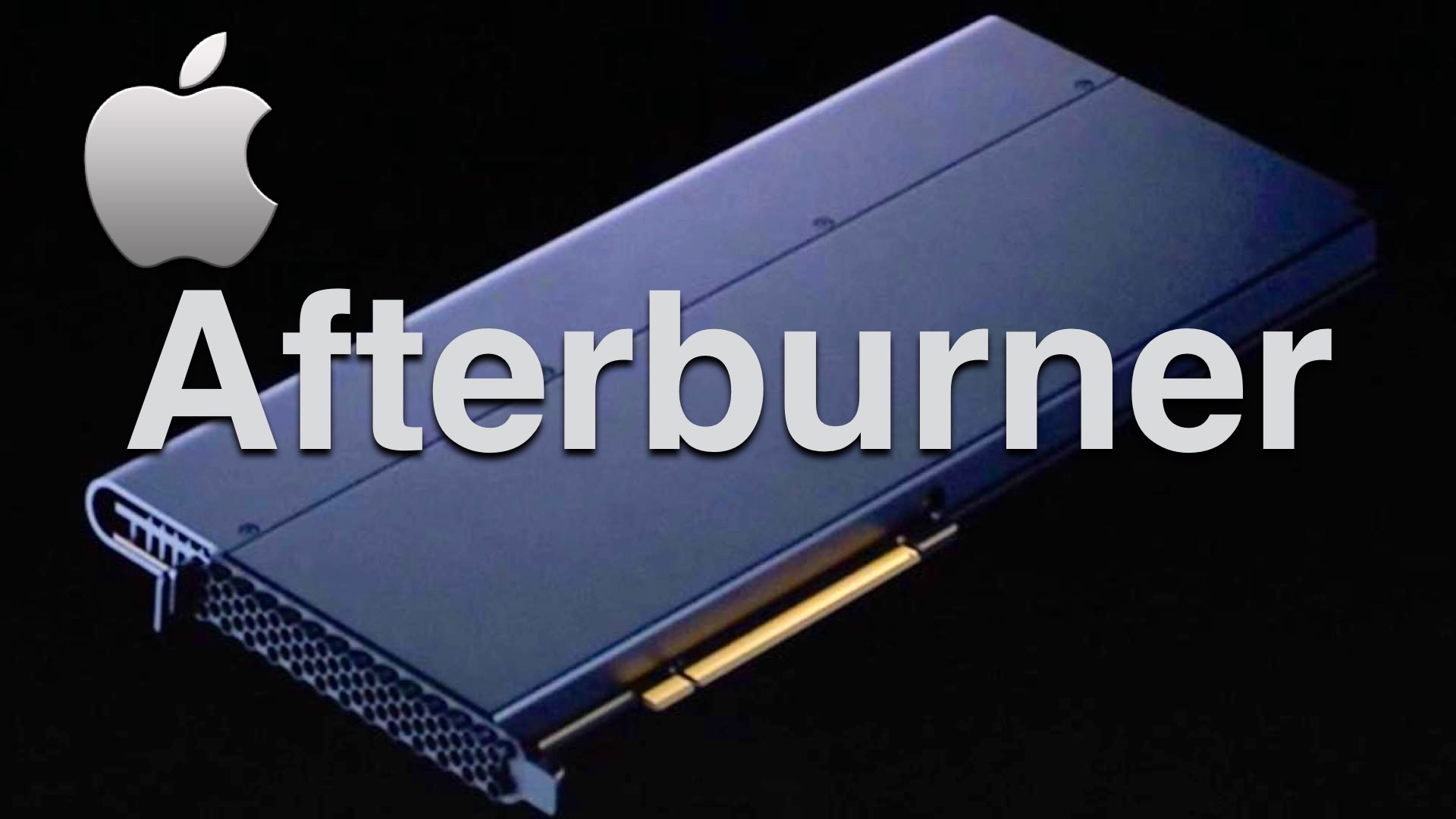
The Afterburner is purely for ProRes / ProResRAW playback at this time. It will NOT benefit R3D workflows currently
Vincent Laforet
Is it relevant to color grading in Resolve?
According to Blackmagic Design, the Afterburner will enhance full‐quality 8K performance in real-time with color correction and effects in DaVinci Resolve. Nevertheless, we’ll have to wait and see how it performs in real-life scenarios. Our recommendation: Do not buy it yet. Wait for more reviews and future upgrades and further utilization with Metal. You can add this $2,000 card later one, anyway.
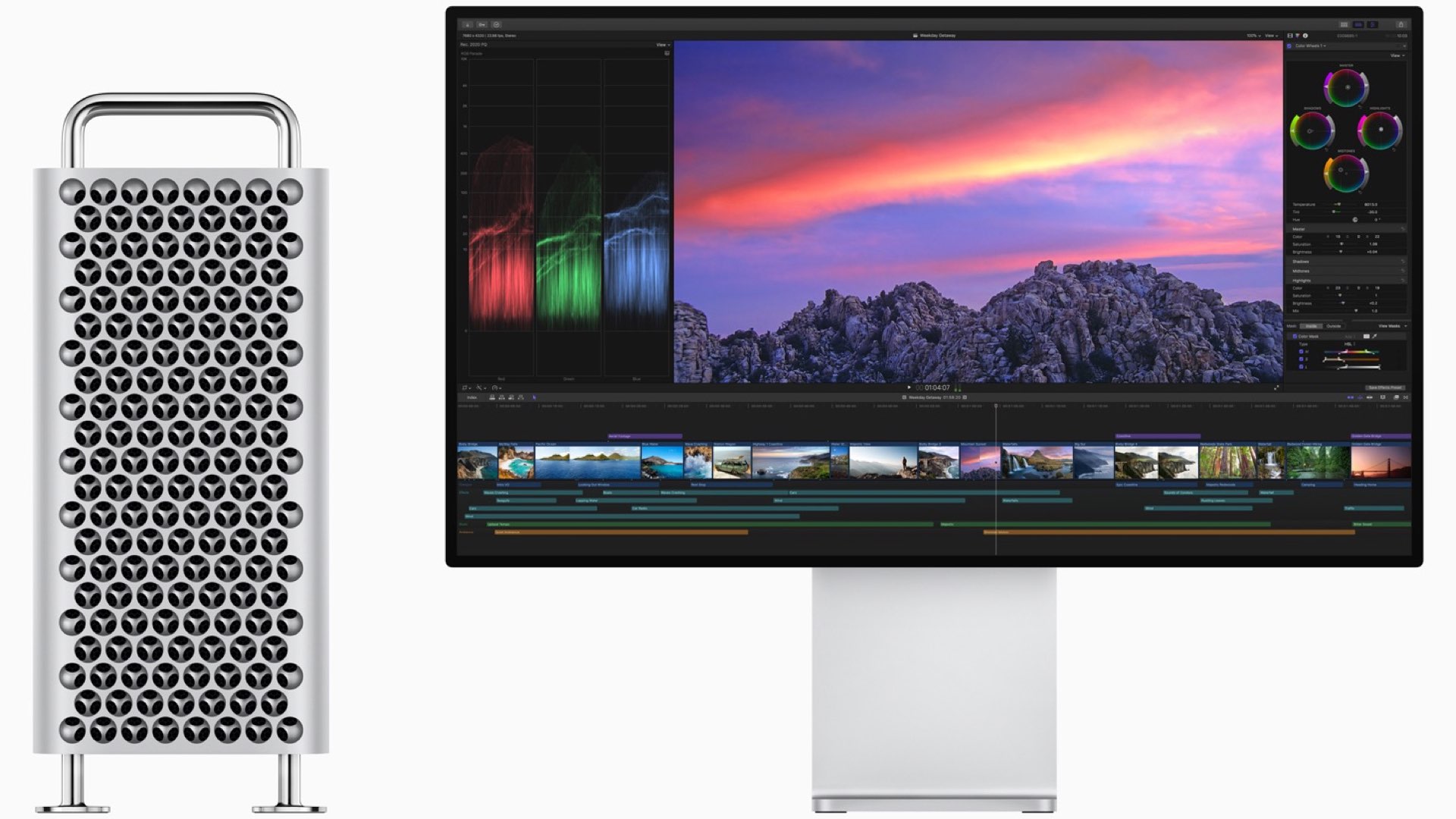
Wrapping up
First, do not buy the Afterburner yet. Second, be aware that to utilize this machine for a professional workflow, you’ll have to spend at least $10,000. If you are dealing with high-resolution RAW files and eager to edit natively, by ready to pay $10,000 more ($20,000 in total).
Preorder the Mac Pro from B&H

